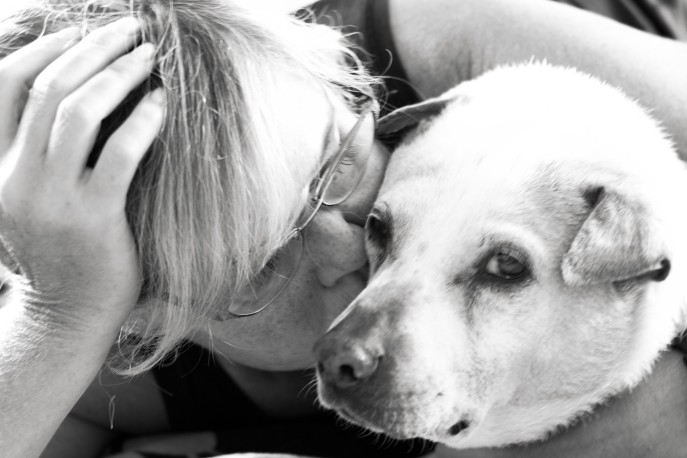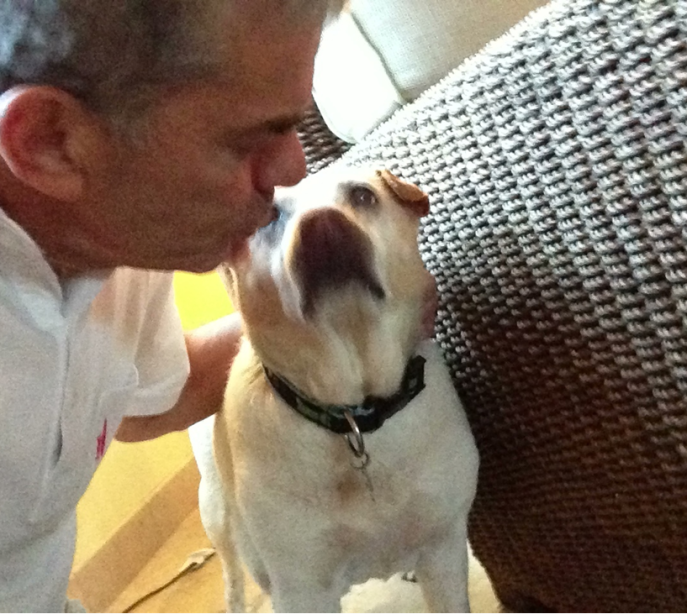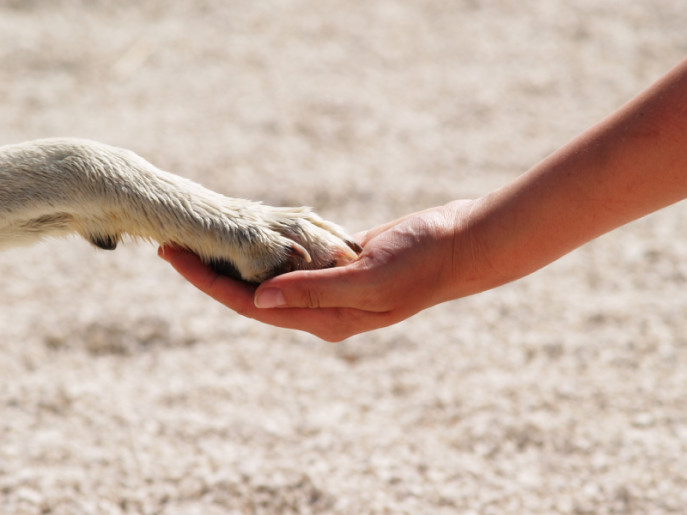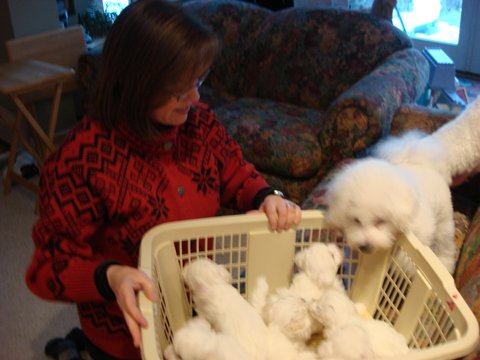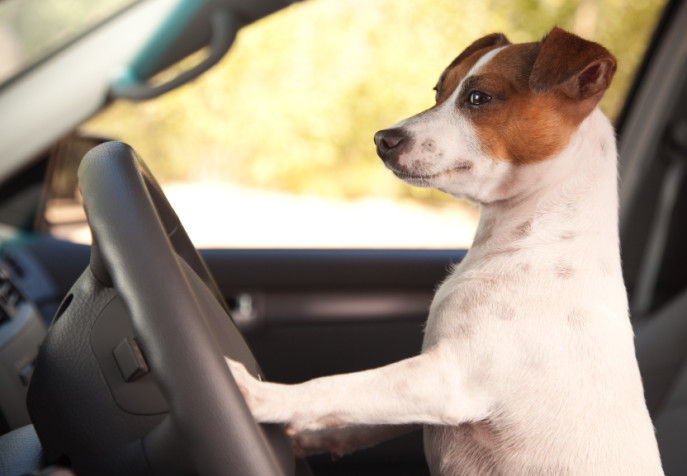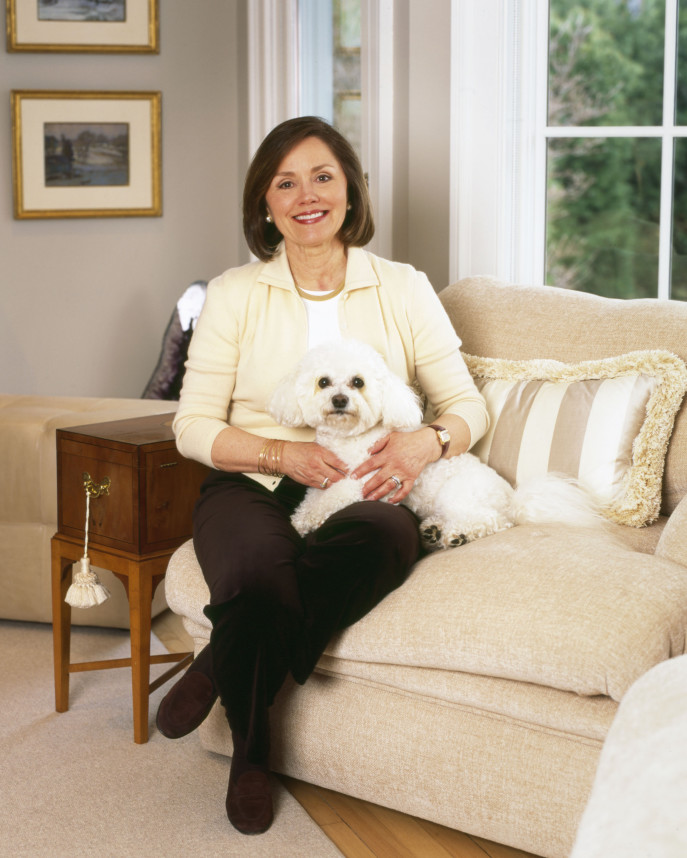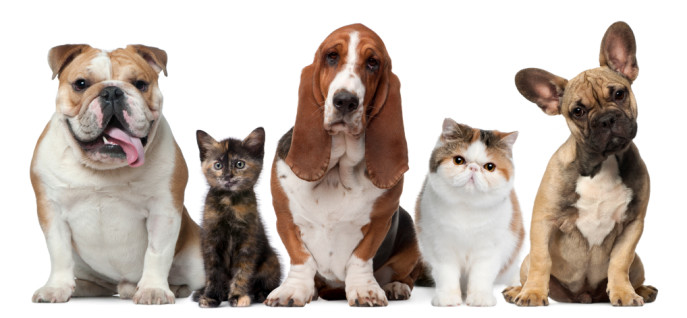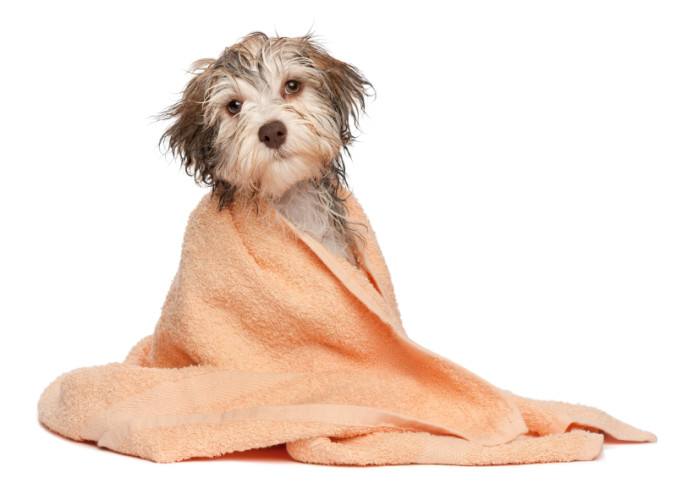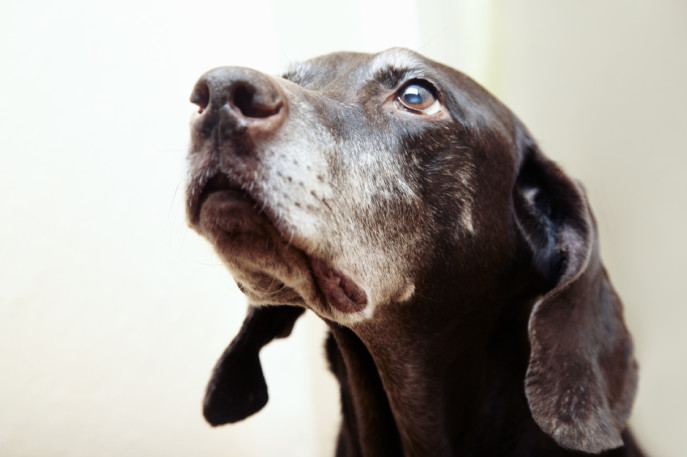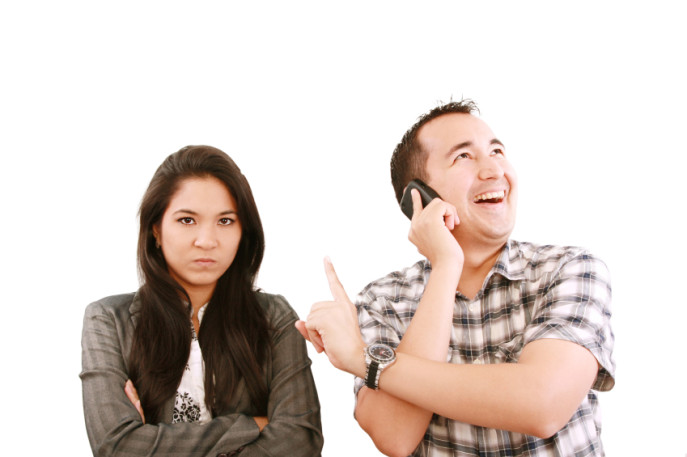This is a story about a dog. It’s a story about rescuing a dog, and it’s a story about how it feels to love someone of another species, and how it feels to be loved in return. It’s mostly a story about what it means to belong to the heart of a dog.
The heart of a dog is no small thing. In fact, it may be the biggest thing on earth. How you get to belong to the heart of a dog can happen in many different ways, but to truly see how important it is, you have to start with one dog, and one dog’s heart. For Tracey and Bill, it started with Sophie.
Bill and Tracey met, fell in love, and got engaged. They were happy together, and there was nothing missing. But their love was big enough to spill out of their own hearts, big enough to share with someone else, and one day, Tracey said, “Let’s go see the dogs at the Humane Society.”
There were so many dogs there, and most of them were jumping up and begging for attention, and they all needed homes. It might have been too hard to choose, except that Tracey and Bill saw a dog sitting quietly, her head tilted. She was behind the begging dogs, with a dignity and grace all her own. “I like that one,” Tracey heard herself say. And Sophie found a home.
Sophie was ten months old, when they adopted her, in October of 1997. At first, she was afraid of being outside alone, and unsure of her new surroundings, but Tracey and Bill worked hard to reassure her that she was staying with them, that the bad times were over, that she finally had a home. They referred to her as their “society girl”–Humane Society, that is.
Luckily for Sophie, Tracey and Bill are the kind of people who know what it means to take care of someone. They brushed Sophie’s teeth, and cleaned her ears. Because of her Shar Pei heritage, Sophie had a bath once a month with antibacterial soap. Tracey and Bill watched Sophie’s signals; they looked into her eyes. Understanding the needs of pack animals, Tracey and Bill made room for Sophie in their bed. She slept with them until she couldn’t, and then, Tracey slept with her. “I would get in bed with her, Tracey says. “She was so gentle, and it was all kisses.”
“Sophie always looked at me as if she was grateful,” says Tracey. Being a grateful sort of dog, Sophie was watchful and patient, and always by Tracey’s side. Sophie knew what it was to take care of someone, too.

This story ends like the stories of all good dogs, with saying goodbye. “She was one loved dog,” say Tracey and Bill.
Here are some of Tracey’s rules for loving a dog. Perhaps they will help you love your dog, just a little bit better:
On rescuing a shelter dog:
“Sophie came from the wrong side of the tracks. She had mange; we had to cure that. She was terrified of going outside by herself–I think she must have been left alone outside. You have to be patient with a dog from the pound. They’re grateful, but they’re fragile, until they figure out you’re not just another temporary space.
On the importance of routine:
“People think dogs don’t wear a watch,” says Tracey, “but they know how to tell time. Routine is so important. Sophie learned to set her internal clock by Bill, who made sure she had breakfast at eight a.m. and dinner at five p.m. She knew someone would walk her between three thirty and four. She slept her in our room. We watched her signals really closely.
As dogs get older:
“It’s important as your dog gets older to see they have a different set of needs, and you need to help them stay a part of the family. When Sophie lost her hearing, we googled and read books on deaf dogs.”
On what they learned from Sophie:
“We never walked in the door that Sophie didn’t get up to greet us,” explain Tracey and Bill. “All she knew was unconditional love. Her legacy to us is the question, ‘Why have a bad day? God is good, life is good. Why have a bad day?'”
So, in the end, this is a story about a dog, and how it feels to belong to a dog’s heart, and all the big and little things that entails. It starts with falling in love, and it ends with staying in love, even when you say goodbye. But every cloud has a silver lining, and there can be a happy ending.
Sometimes, not all the time, but sometimes, the dog who’s passed sends a new companion your way: maybe a puppy, or a dog from the shelter, or an elderly dog who needs a home, or a dog of an entirely new breed. They know how much humans need company.
You’ll know when it’s time. And somewhere, a dog will be waiting for you.
“It came to me that every time I lose a dog they take a piece of my heart with them. And every new dog who comes into my life gifts me with a piece of their heart. If I live long enough, all the components of my heart will be dog, and I will become as loving and generous as they are.’–Unknown





